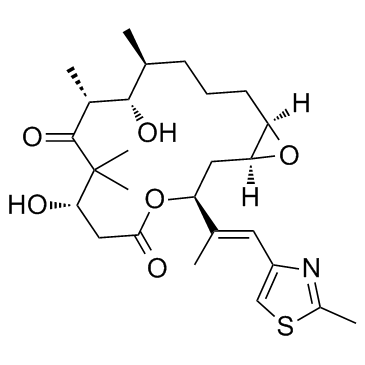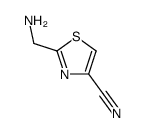6436-59-5
| Name | Ethyl 2-methylthiazole-4-carboxylate |
|---|---|
| Synonyms |
4-Thiazolecarboxylic acid, 2-methyl-, ethyl ester
2-Methyl-thiazole-4-carboxylic acid ethyl ester Ethyl 2-methyl-1,3-thiazole-4-carboxylate Ethyl 2-methylthiazole-4-carboxylate MFCD00156148 |
| Density | 1.2±0.1 g/cm3 |
|---|---|
| Boiling Point | 242.1±13.0 °C at 760 mmHg |
| Melting Point | 54-56°C |
| Molecular Formula | C7H9NO2S |
| Molecular Weight | 171.217 |
| Flash Point | 100.2±19.8 °C |
| Exact Mass | 171.035400 |
| PSA | 67.43000 |
| LogP | 1.61 |
| Vapour Pressure | 0.0±0.5 mmHg at 25°C |
| Index of Refraction | 1.528 |
| Storage condition | Refrigerated. |
Synonym: Section 2 - COMPOSITION, INFORMATION ON INGREDIENTS
Risk Phrases: None Listed. Section 3 - HAZARDS IDENTIFICATION EMERGENCY OVERVIEW
Not available. Potential Health Effects Eye: May cause eye irritation. Skin: May cause skin irritation. May be harmful if absorbed through the skin. Ingestion: May cause irritation of the digestive tract. May be harmful if swallowed. Inhalation: May cause respiratory tract irritation. May be harmful if inhaled. Chronic: Not available. Section 4 - FIRST AID MEASURES Eyes: Flush eyes with plenty of water for at least 15 minutes, occasionally lifting the upper and lower eyelids. Get medical aid. Skin: Get medical aid. Flush skin with plenty of water for at least 15 minutes while removing contaminated clothing and shoes. Ingestion: Get medical aid. Wash mouth out with water. Inhalation: Remove from exposure and move to fresh air immediately. Notes to Physician: Treat symptomatically and supportively. Section 5 - FIRE FIGHTING MEASURES General Information: As in any fire, wear a self-contained breathing apparatus in pressure-demand, MSHA/NIOSH (approved or equivalent), and full protective gear. Extinguishing Media: Use water spray, dry chemical, carbon dioxide, or chemical foam. Section 6 - ACCIDENTAL RELEASE MEASURES General Information: Use proper personal protective equipment as indicated in Section 8. Spills/Leaks: Vacuum or sweep up material and place into a suitable disposal container. Section 7 - HANDLING and STORAGE Handling: Avoid breathing dust, vapor, mist, or gas. Avoid contact with skin and eyes. Storage: Store in a cool, dry place. Store in a tightly closed container. Section 8 - EXPOSURE CONTROLS, PERSONAL PROTECTION Engineering Controls: Use adequate ventilation to keep airborne concentrations low. Exposure Limits CAS# 6436-59-5: Personal Protective Equipment Eyes: Not available. Skin: Wear appropriate protective gloves to prevent skin exposure. Clothing: Wear appropriate protective clothing to prevent skin exposure. Respirators: Follow the OSHA respirator regulations found in 29 CFR 1910.134 or European Standard EN 149. Use a NIOSH/MSHA or European Standard EN 149 approved respirator if exposure limits are exceeded or if irritation or other symptoms are experienced. Section 9 - PHYSICAL AND CHEMICAL PROPERTIES Physical State: Solid Color: yellow - brown Odor: Not available. pH: Not available. Vapor Pressure: Not available. Viscosity: Not available. Boiling Point: Not available. Freezing/Melting Point: 54 - 56 deg C Autoignition Temperature: Not available. Flash Point: Not available. Explosion Limits, lower: Not available. Explosion Limits, upper: Not available. Decomposition Temperature: Solubility in water: Specific Gravity/Density: Molecular Formula: C7H9NO2S Molecular Weight: 171 Section 10 - STABILITY AND REACTIVITY Chemical Stability: Not available. Conditions to Avoid: Incompatible materials. Incompatibilities with Other Materials: Oxidizing agents, reducing agents, bases, amines. Hazardous Decomposition Products: Hydrogen cyanide, nitrogen oxides, carbon monoxide, oxides of sulfur, carbon dioxide. Hazardous Polymerization: Has not been reported Section 11 - TOXICOLOGICAL INFORMATION RTECS#: CAS# 6436-59-5 unlisted. LD50/LC50: Not available. Carcinogenicity: Ethyl 2-methyl-1,3-thiazole-4-carboxylate - Not listed by ACGIH, IARC, or NTP. Section 12 - ECOLOGICAL INFORMATION Section 13 - DISPOSAL CONSIDERATIONS Dispose of in a manner consistent with federal, state, and local regulations. Section 14 - TRANSPORT INFORMATION IATA No information available. IMO No information available. RID/ADR No information available. Section 15 - REGULATORY INFORMATION European/International Regulations European Labeling in Accordance with EC Directives Hazard Symbols: Not available. Risk Phrases: Safety Phrases: S 24/25 Avoid contact with skin and eyes. WGK (Water Danger/Protection) CAS# 6436-59-5: No information available. Canada None of the chemicals in this product are listed on the DSL/NDSL list. CAS# 6436-59-5 is not listed on Canada's Ingredient Disclosure List. US FEDERAL TSCA CAS# 6436-59-5 is not listed on the TSCA inventory. It is for research and development use only. SECTION 16 - ADDITIONAL INFORMATION N/A |
| Hazard Codes | Xi |
|---|---|
| Risk Phrases | R36/37/38 |
| Safety Phrases | S26-S37 |
| RIDADR | NONH for all modes of transport |
| HS Code | 2934100090 |
| Precursor 8 | |
|---|---|
| DownStream 10 | |
| HS Code | 2934100090 |
|---|---|
| Summary | 2934100090 other compounds containing an unfused thiazole ring (whether or not hydrogenated) in the structure VAT:17.0% Tax rebate rate:9.0% Supervision conditions:none MFN tariff:6.5% General tariff:20.0% |


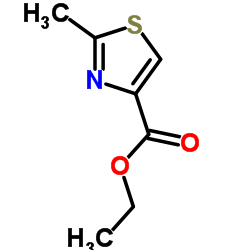
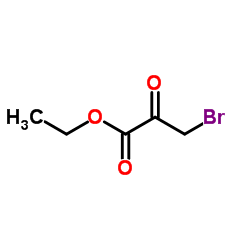
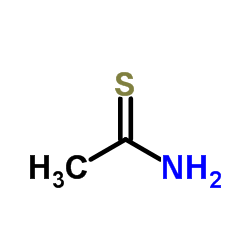




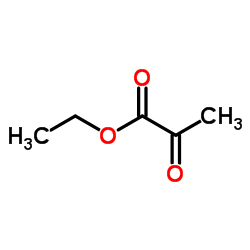

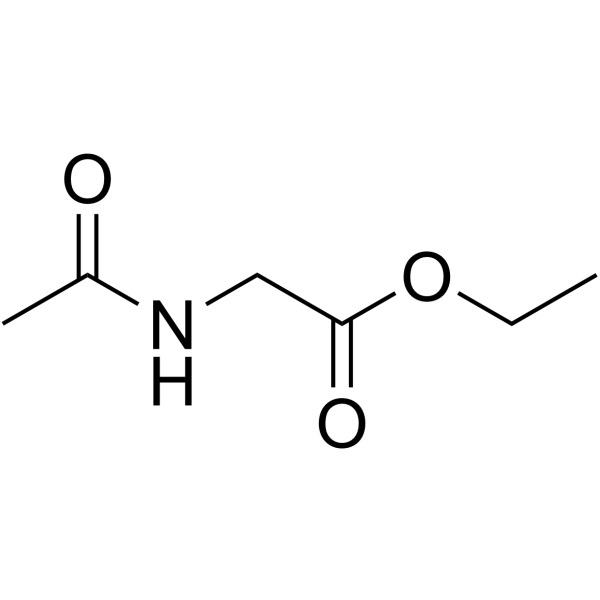
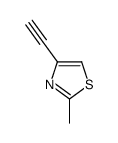
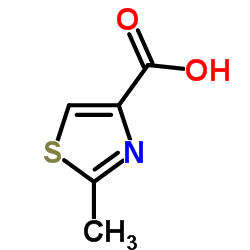


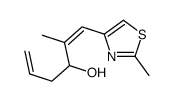
![(3S,7S,8S,12Z,15S,16E)-3,7,15-tris[[tert-butyl(dimethyl)silyl]oxy]-1-hydroxy-4,4,6,8,12,16-hexamethyl-17-(2-methyl-1,3-thiazol-4-yl)heptadeca-12,16-dien-5-one structure](https://image.chemsrc.com/caspic/459/193146-53-1.png)
